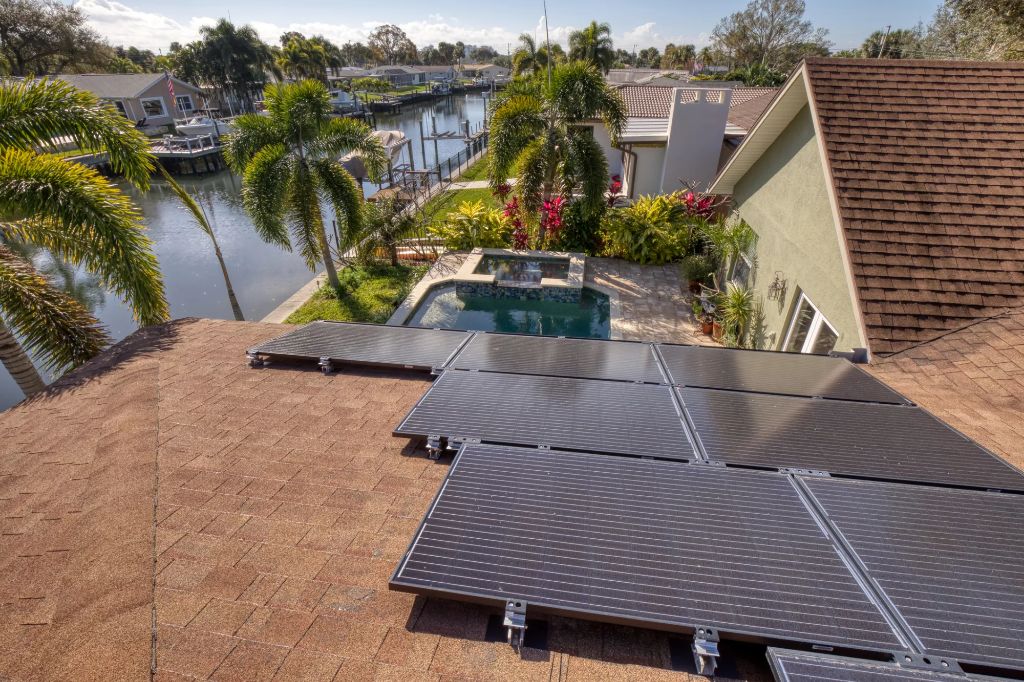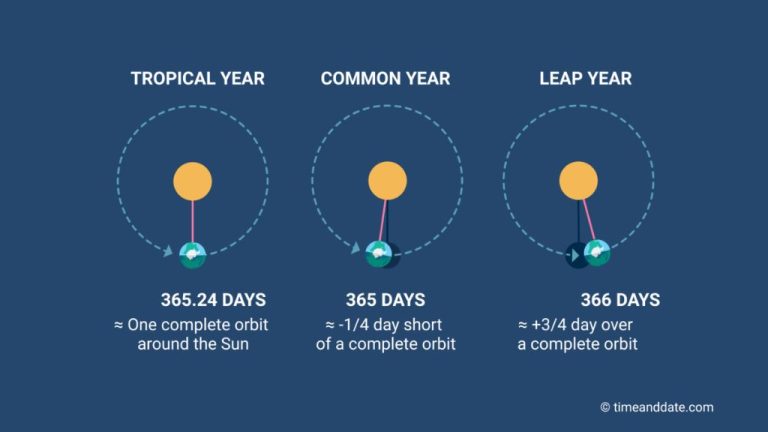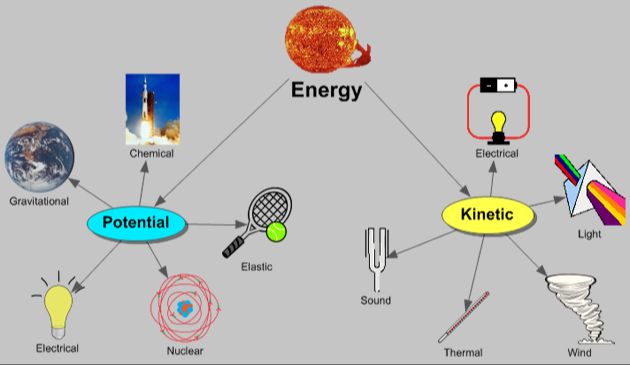Why Don’T You See Solar Panels In Florida?
Sunshine State Sees Little Sunshine Power
Florida is nicknamed the Sunshine State thanks to its sunny climate and approximately 230 sunny days per year on average. Yet the state generates less than 1% of its electricity from solar energy. You would think a place with so much year-round sunshine like Florida would be covered in solar panels. However, solar energy adoption rates in the state lag far behind other leading solar states.
Sunshine State
Florida is known as the “Sunshine State” for good reason. According to the Average Annual Sunshine by USA State from Current Results, Florida receives an average of 2,927 hours of sunshine per year, the most of any state. This includes an average of 101 clear days. Other cities in Florida also receive abundant sunlight, such as Florida City which averages 341 hours of sunshine in May, the sunniest month according to Average monthly hours of sunshine in Florida City. The state ranks number 1 in terms of average annual sunlight hours.
Solar Potential
Florida has immense solar energy potential thanks to its subtropical location. According to Project Sunroof, the state receives 4-7 kilowatt hours per square meter per day of sunlight on average. This makes Florida one of the sunniest states in the country and means there is abundant solar resource available.
With its high solar insolation levels, Florida could generate a significant portion of its electricity from solar panels. One estimate suggests Florida has the technical potential to produce over 7,000 terawatt hours of solar generation per year, which would be more than enough to meet the state’s electricity needs.
Given Florida’s plentiful sunshine and land availability, solar power is a natural fit for energy generation across the state. Tapping into the immense solar resource would provide clean, renewable electricity for homes and businesses.
Current Use
Despite its abundant sunshine, Florida has historically lagged behind other states in adopting solar power. However, solar capacity in Florida has expanded rapidly in recent years. According to the Solar Energy Industries Association (SEIA), Florida ranks 3rd in the nation for total installed solar capacity as of Q2 2022, with over 12,600 MW. This is enough to power over 1.7 million homes.
The growth has been driven by large-scale solar farms built by utilities. Florida Power & Light has been a leader, with nearly 40 solar energy centers in operation providing over 1,250 MW of power. Other major projects include the FPL Babcock Ranch Solar Energy Center, the NextEra Energy Resources solar project in DeSoto County, and the Tampa Electric Co. Polk Solar Energy Center.
Rooftop solar adoption has lagged behind but is also rising quickly, with over 114,000 systems installed as of 2021. The cities leading in rooftop solar include Miami, Jacksonville, Orlando, Tampa and Tallahassee. Overall, solar provided about 5.6% of Florida’s net electricity generation in 2021.
While solar still accounts for a fraction of Florida’s energy mix, the state seems to have turned a corner. Florida’s abundant sunlight, declining solar costs and favorable net metering policies provide a foundation for continued growth in the coming years.
Barriers to Adoption
Despite Florida’s abundant solar potential, there are several key barriers hindering wider adoption of solar power across the state. One major barrier is the lack of financial incentives. Unlike many other states, Florida does not currently offer rebates, tax credits, or other incentives to offset the upfront costs of installing solar panels (https://thevoltagedrop.com/why-doesnt-florida-have-more-solar-power/). This makes it harder for homeowners and businesses to justify the initial investment, even if solar could save money over time.
Another obstacle is Florida’s regulatory framework, which places limits on how solar power can be used. The state has restrictive policies on net metering, which allow solar customers to get credit for excess power they send back to the grid. Florida’s net metering caps are lower than many other states, reducing the financial benefits of going solar (https://www.linkedin.com/pulse/accelerating-adoption-solar-panels-industrial-buildings-jeff-lamm). Additional policy and permitting hurdles have slowed adoption among commercial properties and utilities.
Overcoming these financial and regulatory barriers will be key to unlocking Florida’s immense solar energy potential. With the right incentives and policies, the Sunshine State could become a true leader in solar power generation.
Upfront Costs
Solar panels in Florida cost an average of $2.65 to $3.31 per watt according to recent estimates (MarketWatch, Forbes). For a typical 5 kW residential system, that puts the total cost at around $11,700 to $12,015 after the federal tax credit. While solar can provide long-term savings on electricity bills, the high upfront costs deter many homeowners.
Buying and installing a complete solar system requires a significant initial investment that not all households can afford. Even though prices have dropped dramatically over the past decade, the thousands of dollars required to “go solar” remains prohibitive for low and middle income families. Financing options like solar leases and PPAs can help, but they come with higher long-term costs and interest payments.

The lack of purchasing incentives also contributes to solar’s high upfront costs in Florida. Unlike some other states, Florida does not currently offer rebates, tax credits, or other state-level incentives beyond net metering. The 30% federal tax credit helps offset costs, but households still need to front a large portion of the overall price.
Lack of Incentives
Compared to other states, Florida lacks strong financial incentives that help offset the upfront cost of installing solar panels. For example, states like California offer generous rebates such as the California Solar Initiative Rebate Program, which provides cash back for solar installation based on system size and location (California Solar Incentives).
The federal solar tax credit stands at 30% for systems installed in 2024, but Florida does not supplement this with additional state tax credits like some other states do. Massachusetts offers state personal tax credits starting at 15% that can be combined with federal credits (Massachussetts Solar Incentives).
Lacking these supplemental incentives makes it harder for Florida homeowners and businesses to realize the cost savings from solar as quickly as in other states. Stronger financial incentives could help spur faster solar adoption across the Sunshine State.
Policy Limitations
Florida has regulatory policies that restrict the adoption of rooftop solar. In 2022, the state legislature passed a controversial bill that would have reduced the bill credits earned by homeowners with solar panels, while allowing utilities to impose additional fixed charges on solar customers (1). This bill was ultimately vetoed by Governor DeSantis, but it highlighted the ongoing tensions between the solar industry and major utilities in Florida.
Florida’s public utility companies have pushed back against policies like net metering, which allow solar customers to get credit for excess energy exported to the grid. They argue that solar customers don’t pay their fair share for grid maintenance costs. Utilities have sought to roll back net metering incentives through measures like the vetoed 2022 bill (2).
There are also limitations on what types of regulations local governments can impose. The Florida Solar Rights Act prohibits restrictions on solar by homeowners associations (HOAs) or local ordinances, but HOAs still have some abilities to regulate solar installation aesthetics (3). Overall, the policy environment in Florida has room for improvement to encourage more rooftop solar adoption.
(2) https://energyresearch.ucf.edu/consumer/energy-policy/florida-solar-rights-act/
(3) https://www.siegfriedrivera.com/blog/florida-hoas-and-rooftop-solar-some-restrictions-apply/
Call to Action
Despite Florida’s abundant solar resources, adoption of rooftop solar remains low compared to other states. There are several ways Florida can increase solar adoption:
The state legislature could pass policies to encourage solar, such as net metering laws that allow solar customers to sell excess energy back to the grid. Florida is one of only four states that puts restrictions on net metering. Removing these restrictions would incentivize homeowners and businesses to install rooftop solar. According to a report by Environment Florida, net metering is correlated with more rooftop solar adoption.
Local governments could streamline the permitting process for rooftop solar installations to make it faster and easier for homeowners and businesses to go solar. Long wait times and complicated paperwork are barriers to solar adoption.
Utility companies could offer more solar options to customers, such as community solar programs. This allows customers to purchase solar power even if they can’t install panels on their own roof.
The state could expand financial incentives like rebates, tax credits, and innovative financing programs to offset the upfront costs of solar panels. Targeted incentives for low-income families would promote solar equity.
Outreach campaigns could educate Floridians about the benefits of solar power and available incentives. Many people don’t know they have excellent solar potential.
With smart policies and incentives, Florida can tap into its natural solar resources and become a leader in rooftop solar adoption.
Conclusion
Although Florida is known as the Sunshine State, the use of solar panels has not been widely adopted across the state. Despite having ample sunlight and solar potential, high upfront costs, limited incentives, and policy constraints have slowed the growth of residential solar. However, as prices continue to fall and more people recognize the long-term savings and environmental benefits, there is hope that solar can reach its potential in Florida. With the right policies and economic conditions, Floridians could harness their sunny climate to generate clean, renewable power and lead the nation in solar energy.
In summary, Florida has great solar resources but has yet to fully tap into this potential. By addressing the barriers around upfront costs, incentives, and policies, solar energy could thrive and provide homes and businesses with sustainable power for decades to come. The future is bright for solar in the Sunshine State if action is taken today to remove limitations and encourage adoption.






